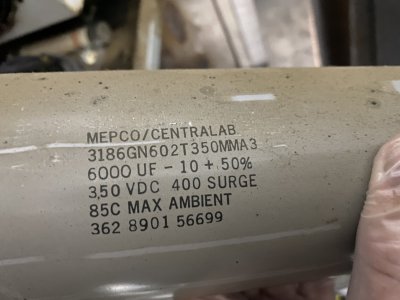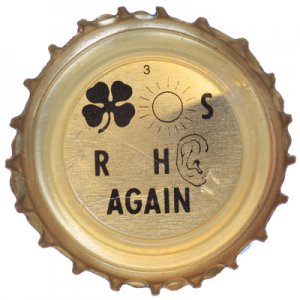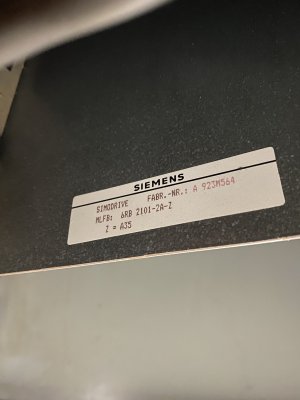Ok - there was a hidden zip type pulled tight by King Kong at the front - I had clipped the one at the back.
Picture below.
Ext - ran through the process.
Marked where the front dog was as A - rear dog as B - and there were three increments between B,C,D and F,G,H
This represented a mark every 45 degrees around the spindle.
I watched for lumps. There are not giant ones - but perhaps a few areas where there was a small tic.
I went ahead and zeroed out putting A at 1.5 and then taking relative measures from that point
However - you can see a pretty consistent read from top to bottom.
All measures are in ten thousandths ("tenths").
Interesting process.
One thing that the old German spindle grinder told me was - you can tell when the bearings are bad because the readings wont be consistent - keeps moving around. I am not seeing that either in slow or quicker motion. Thoughts on that and chart?







